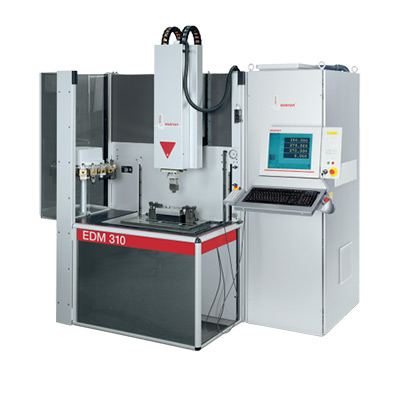Connecting Power Steering Hose to Rack and Pinion System for Smooth Vehicle Maneuvering
Power Steering Hose to Rack and Pinion Understanding the Connection
Power steering is a vital component in modern vehicles, enhancing the driver's control and maneuverability by reducing the amount of effort required to steer. At the heart of this system lies the power steering hose and the rack and pinion assembly, which work in tandem to provide smooth steering. Understanding the relationship between the power steering hose and the rack and pinion mechanism is crucial for vehicle maintenance and repair.
The power steering system relies on hydraulic pressure to assist in steering. When a driver turns the steering wheel, the motion is transmitted to the rack and pinion assembly, which converts this rotational motion into linear movement, allowing the vehicle's wheels to turn. The rack and pinion system consists of two main components the rack (a linear gear) and the pinion (a circular gear that meshes with the rack). This system allows for precise steering, but it requires a source of hydraulic pressure to function effectively.
The power steering pump generates hydraulic pressure, which is then transmitted through the power steering hoses. These hoses are integral to the system, as they carry the hydraulic fluid from the pump to the rack and pinion and back again. Typically, there are two hoses the high-pressure hose that directs fluid from the pump to the rack and the return hose that sends fluid back to the pump. The materials used for these hoses must withstand high pressure and extreme temperatures, making them durable and reliable over time.
power steering hose to rack and pinion

Regular inspection of power steering hoses is critical, as wear and tear can lead to leaks or ruptures. Signs of a failing power steering hose include fluid leaks under the vehicle, difficulty steering, and a whining noise when turning the wheel. If any of these symptoms are present, it is advisable to have the system inspected by a professional mechanic. Not addressing these issues can lead to more severe problems, including damage to the power steering pump or the rack and pinion itself.
When replacing power steering hoses, it’s essential to use high-quality parts that match the specifications of the vehicle. After replacing a hose, the system must be properly bled of air to ensure that the hydraulic system functions correctly. This process typically involves filling the power steering reservoir with fluid and turning the steering wheel from side to side to allow any trapped air to escape.
In some cases, homeowners may attempt to perform a DIY replacement of power steering hoses; however, care must be taken to follow the manufacturer’s guidelines and ensure all components are compatible. Misalignment or improper installation can lead to further issues down the line, so consulting a professional is often the best approach for those unfamiliar with vehicle mechanics.
In conclusion, the power steering hose to rack and pinion connection is a critical part of a vehicle's steering system. By understanding this relationship and maintaining the components involved, drivers can ensure a safer and more responsive driving experience. Regular inspections and timely repairs of the power steering system can prevent minor issues from escalating into costly repairs, ultimately contributing to the overall longevity and safety of the vehicle. Whether for routine maintenance or troubleshooting issues, knowledge about the power steering mechanism can empower vehicle owners to make informed decisions regarding their automobile health.
-
Ultimate Spiral Protection for Hoses & CablesNewsJun.26,2025
-
The Ultimate Quick-Connect Solutions for Every NeedNewsJun.26,2025
-
SAE J1401 Brake Hose: Reliable Choice for Safe BrakingNewsJun.26,2025
-
Reliable J2064 A/C Hoses for Real-World Cooling NeedsNewsJun.26,2025
-
Heavy-Duty Sewer Jetting Hoses Built to LastNewsJun.26,2025
-
Fix Power Steering Tube Leaks Fast – Durable & Affordable SolutionNewsJun.26,2025

